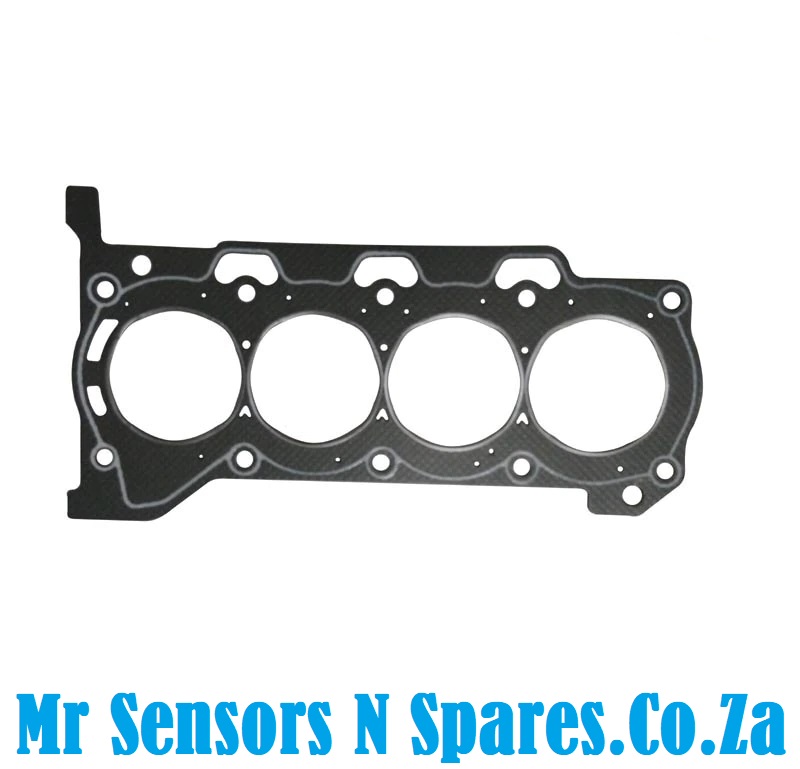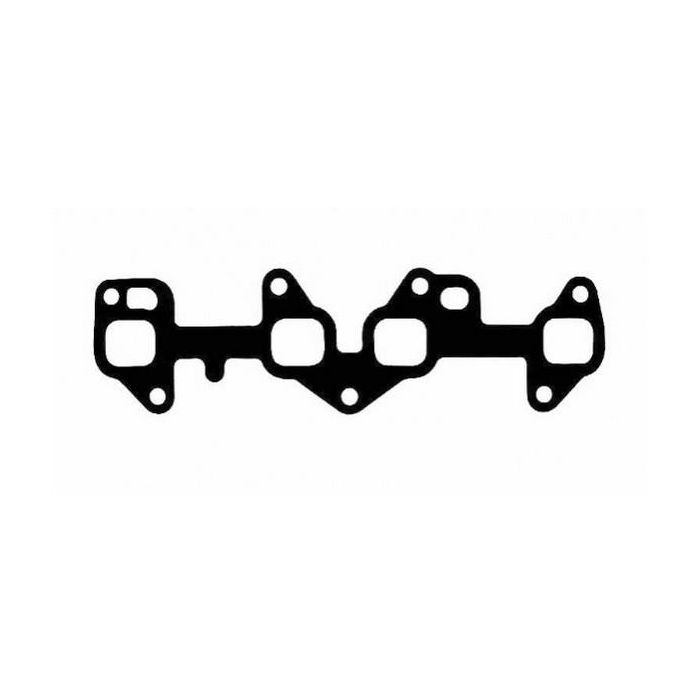Toyota Tazz: Why It’s a Top Choice for Urban Commuters and Small Families
Toyota Tazz: Why It’s a Top Choice for Urban Commuters and Small Families
Blog Article
Discover the most up to date Patterns in Engine Modern Technology Via Tazz
In the quickly developing landscape of automobile innovation, Tazz stands at the forefront, highlighting significant innovations in engine systems that focus on both advancement and sustainability. From hybrid engines that optimize gas performance to the introduction of hydrogen fuel cells, the trends shaping modern-day powertrains are not just improving performance yet likewise attending to important environmental challenges.
Crossbreed Engine Innovations
Hybrid engine developments stand for an essential shift in automotive modern technology, integrating the benefits of inner combustion engines with electric propulsion systems. This combination not only boosts gas efficiency yet likewise decreases exhausts, meeting increasingly rigorous environmental laws. By utilizing both power sources, hybrid engines can maximize performance, providing power when needed while saving gas during much less demanding motoring conditions.
Current advancements in crossbreed technology include renovations in battery efficiency and regenerative stopping systems. These innovations permit for greater power recuperation during slowdown, which can be rerouted to assist in velocity or power accessory systems. Producers are concentrating on light-weight products and compact styles to optimize the performance of crossbreed powertrains.
The development of plug-in hybrids has likewise increased the marketplace, enabling chauffeurs to charge their lorries making use of standard electric outlets. This function typically permits for substantial all-electric array, more lowering dependancy on traditional fuels. tazz. As the automotive industry remains to evolve, hybrid engine technologies are expected to play an important function in connecting the gap between conventional vehicles and fully electrical versions, giving a transitional option that caters to diverse consumer demands and choices
Breakthroughs in Electric Powertrains
The auto landscape is quickly progressing, with electric powertrains becoming a leading pressure in lasting transportation. Advancements in electric lorry (EV) modern technology are substantially improving efficiency, customer, and performance experience. Key technologies include improvements in battery chemistry, which have actually enhanced power density, reduced billing times, and prolonged total battery life.
Solid-state batteries, for instance, promise to change the market by providing higher safety and performance compared to typical lithium-ion cells. Improvements in regenerative braking systems are allowing lorries to recuperate power throughout deceleration, adding to total effectiveness.
In enhancement to battery innovation, electrical motor designs are ending up being extra sophisticated. Advancements such as incorporated motors and progressed thermal monitoring systems are helping to enhance power distribution and reduce weight, eventually boosting vehicle dynamics.

Jointly, these breakthroughs emphasize the dedication to shift in the direction of cleaner, extra reliable transport remedies, placing electrical powertrains at the leading edge of automobile development.
The Rise of Hydrogen Fuel Cells
Significantly, hydrogen gas cells are obtaining grip as a feasible option to conventional internal combustion engines and battery electrical lorries. This modern technology takes advantage of the chemical power stored in hydrogen, transforming it right into electrical energy with an electrochemical reaction with oxygen. The key by-product of this process is water, making hydrogen fuel cells an eco friendly option with absolutely no discharges at the tailpipe.

Automakers are progressively buying hydrogen gas cell technology, acknowledging its possibility for long-range applications and quick refueling capabilities that equal standard gas. Additionally, industries such as durable transportation and public transportation are particularly well-suited for hydrogen fuel cells, where battery electric options might drop short as a result of weight and range limitations.
As research and investment continue to broaden, hydrogen fuel cells are positioned to play a considerable function in the future landscape of tidy transport and power remedies.
Enhancements in Internal Burning Engines
Advancements in interior combustion engine (ICE) modern technology are changing conventional vehicles to satisfy modern-day environmental criteria and performance expectations. Straight fuel shot, for instance, permits for far better atomization of gas, leading to more full combustion and boosted power result.
Furthermore, turbocharging has actually obtained importance, allowing smaller engines to deliver higher performance without the weight of larger engines - tazz. This innovation not just boosts efficiency however also adds to lower fuel usage. Variable valve timing systems are also being refined, enabling engines to adjust to numerous driving conditions for boosted torque and responsiveness
Additionally, the use of light-weight materials in engine building is becoming typical, additional boosting fuel effectiveness by reducing general vehicle weight. Engine control systems (ECUs) are significantly sophisticated, allowing real-time changes that optimize efficiency and exhausts.
These enhancements collectively indicate a critical change in ICE modern technology, aligning with worldwide sustainability objectives while still providing the performance motorists anticipate from their vehicles. As the market progresses, these renovations continue to shape the future of standard auto engineering.
Future Trends in Engine Effectiveness
Considerable innovations in engine efficiency are anticipated as producers concentrate on site incorporating sophisticated modern technologies to meet strict environmental regulations and consumer demands. The shift towards electrification, hybrid systems, and alternative fuels is reshaping the automobile landscape, driving developments that improve fuel economic climate and minimize discharges.
One of the crucial patterns is the application of sophisticated materials and manufacturing techniques. Lightweight composites and high-strength alloys add to minimized automobile weight, therefore enhancing overall efficiency. Additionally, the fostering of turbocharging and variable shutoff timing innovations enables for improved power output from smaller sized engines, better improving fuel economy.

Conclusion
Advancements in crossbreed engine systems, electrical powertrains, and hydrogen fuel cells demonstrate a commitment to minimizing exhausts while enhancing performance. Enhancements in inner burning engines and an emphasis on lightweight materials contribute to general engine effectiveness.
From crossbreed engines that maximize gas efficiency to the emergence of hydrogen gas cells, the patterns forming contemporary powertrains are not just improving performance yet Read Full Article additionally addressing important environmental challenges.Crossbreed engine advancements stand for a crucial change in automobile technology, incorporating the find more information advantages of internal burning engines with electric propulsion systems.Furthermore, turbocharging has actually gained prominence, allowing smaller sized engines to supply greater efficiency without the weight of larger engines. Furthermore, the adoption of turbocharging and variable valve timing modern technologies permits for boosted power outcome from smaller engines, even more enhancing fuel economic situation.
Renovations in interior combustion engines and a focus on light-weight products contribute to overall engine performance.
Report this page